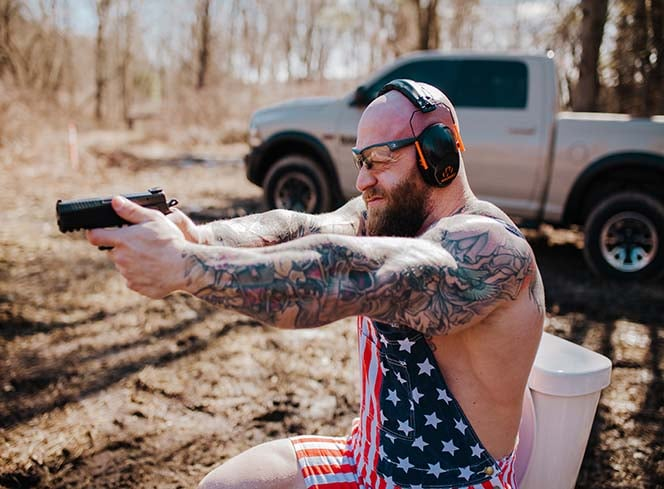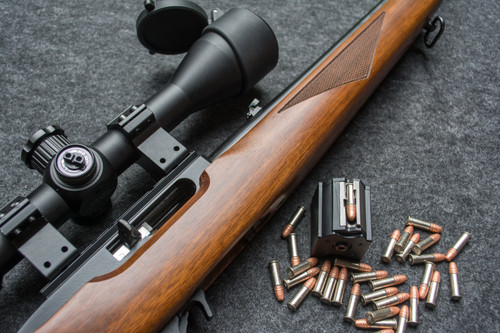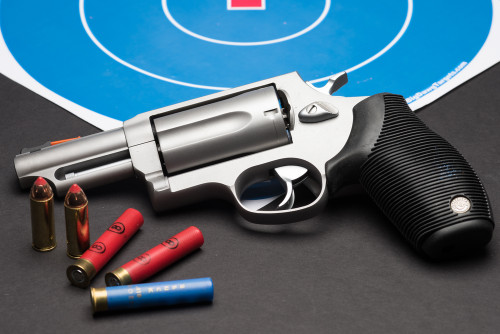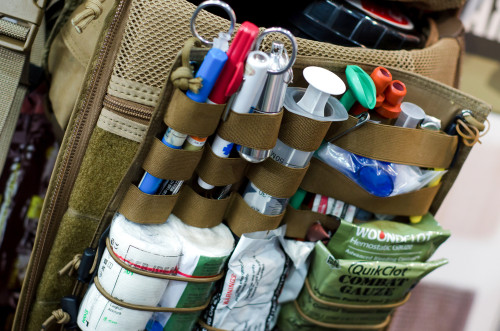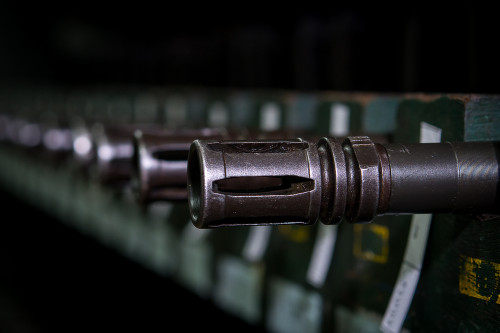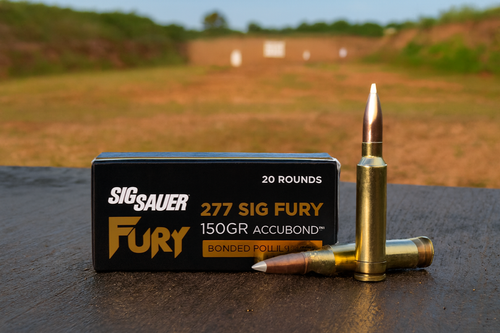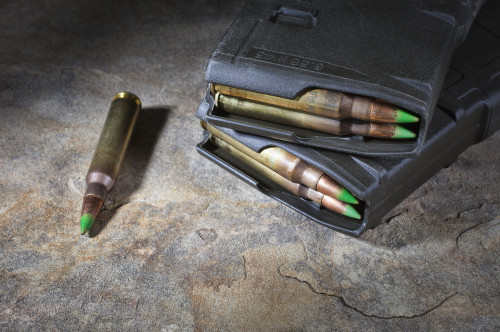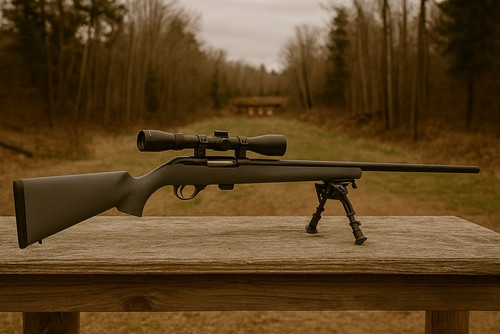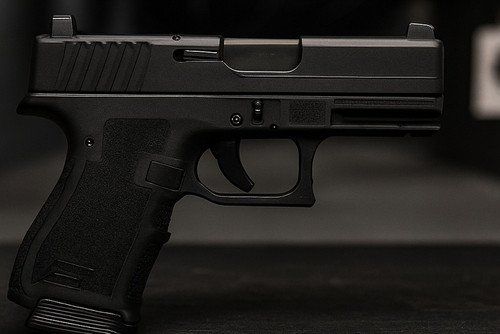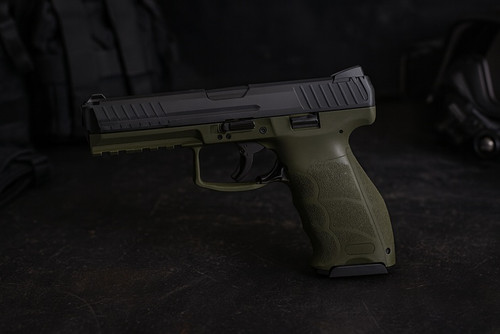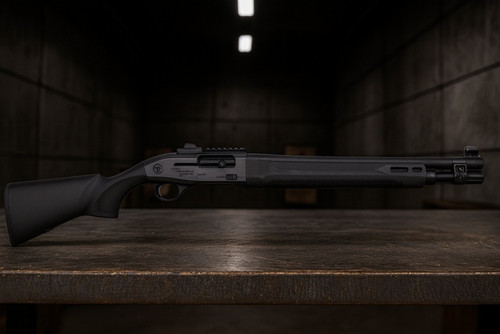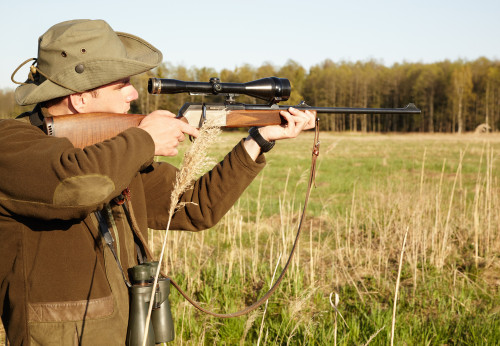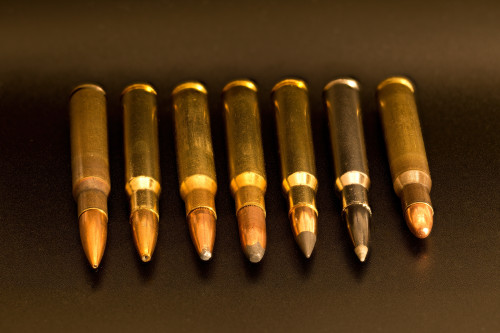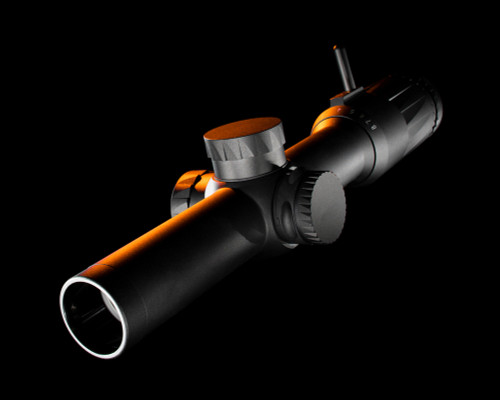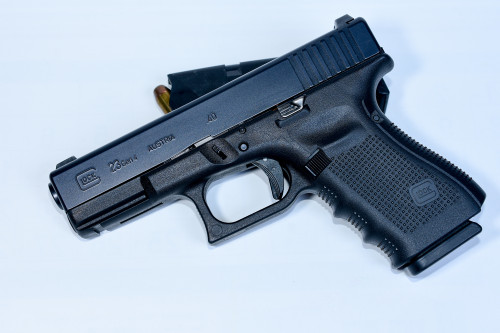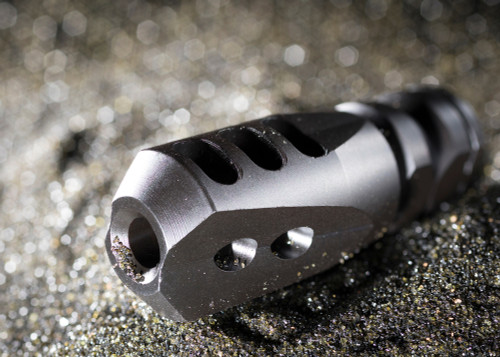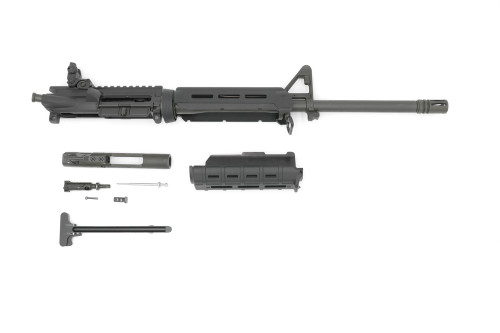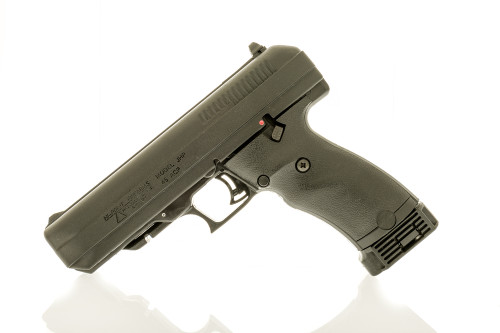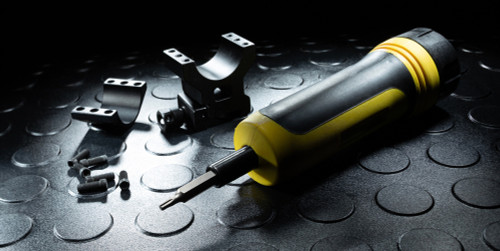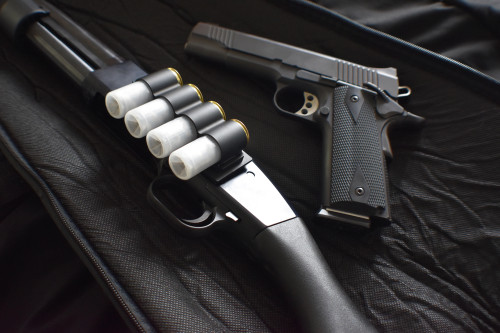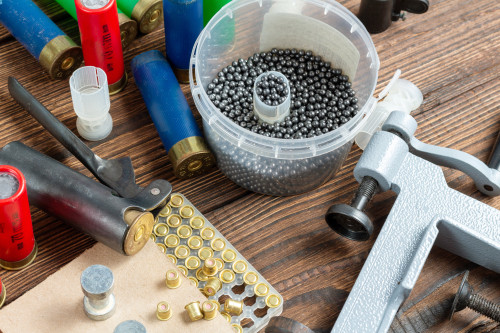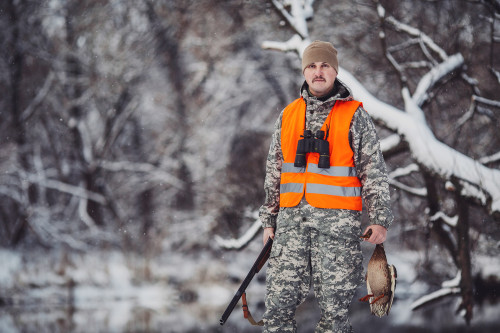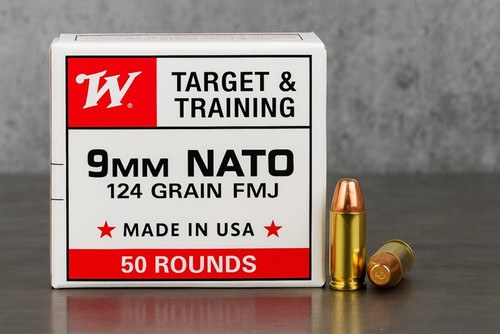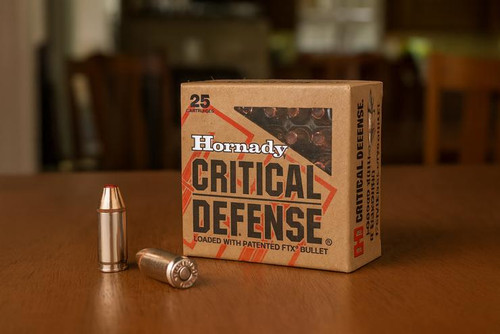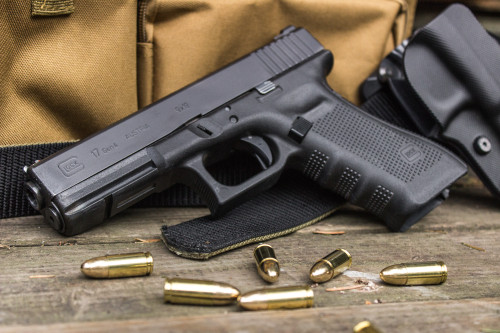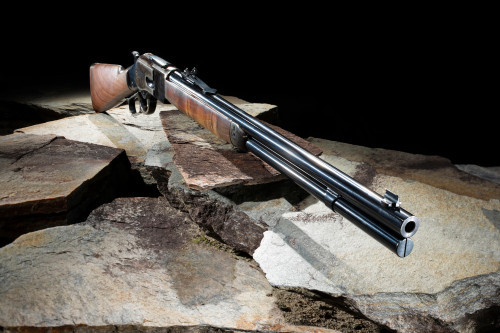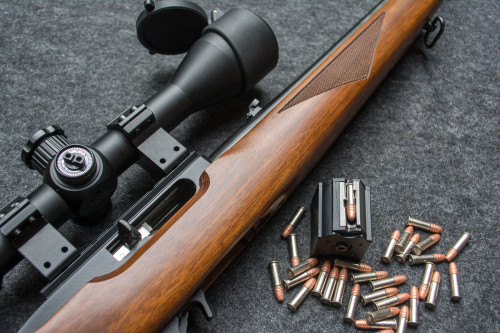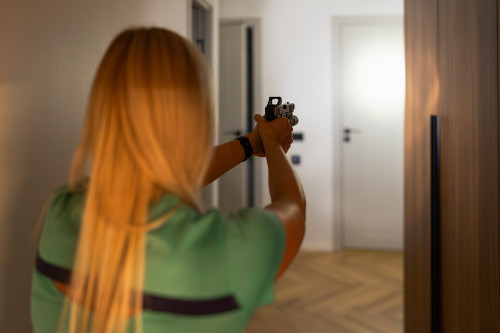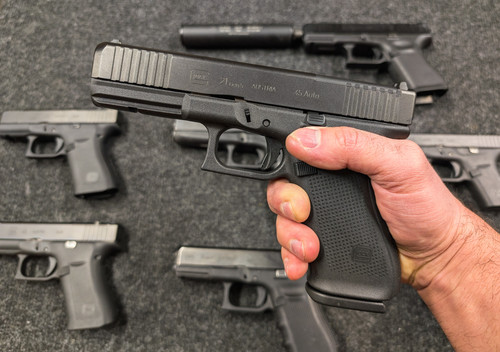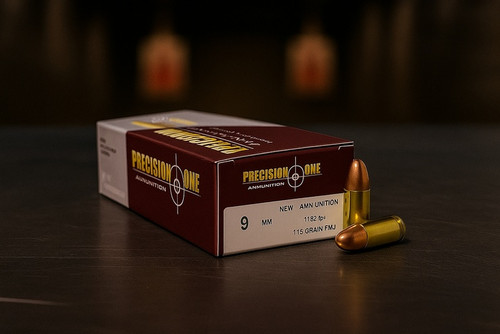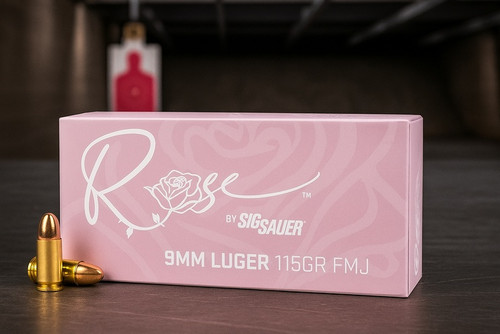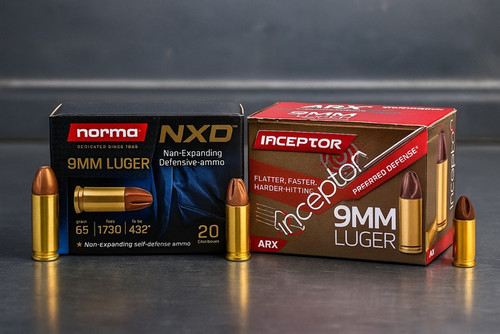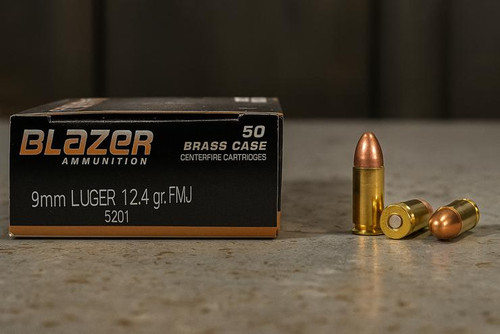A bullseye is ever-evasive, especially over longer distances. Even when the air is dead calm and the temperature is perfect, accuracy is difficult to achieve. If you’ve already got your trigger press down to a science, and you’ve achieved Zen-like competency with breath control, but you’re still not hitting those top-tier shooting goals, it might be time to look at your rifle build.
By now, you’ve undoubtedly purchased your fair share of firearms and necessary accessories. But if you’ve got your fundamentals mastered, the culprit affecting your accuracy probably isn’t your fancy new red dot. It could be something more structural — like the barrel itself.
But a rifle barrel isn’t like an optic. It’s a whole different beast.
While the science of rifling has been a done deal for many decades now, not all barrels are created the same. The point where they differ is usually the twist rate.
Those grooves and lands on the inside of your barrel have a specific purpose that directly relates to how the bullet travels toward the bullseye. For certain calibers, there is an ideal twist rate that will provide optimal stability.
So what is the ideal twist rate for your rifle? Should you get a new barrel with a different twist rate? Let’s take a deeper look at the science of barrel rifling to learn more.
Quick Guide: Rifle Twist Rate Chart
Looking for a quick reference for your rifle twist rate? Check out the table below for some ideal metrics.
*Note that other twist rates may work with your caliber/bullet grain. The twist rates listed below are the most ideal based on gyroscopic stability factors. For more information, consult the charts in the “Rifle Twist Rate Charts for Common Calibers and Weights” section.
| Caliber | Bullet Weight (grains) | Ideal Twist Rate | Notes |
|---|---|---|---|
| .223/5.56 | 45 | 1/12 | Optimal for lighter bullets |
| .223/5.56 | 55 | 1/12 | Common M193 stability |
| .223/5.56 | 62 | 1/9 | Stabilizes M855 well |
| .223/5.56 | 77 | 1/8 | Great for OTM or Mk262 |
| .223/5.56 | 80 | 1/8 | Matches SMK needs |
| .223/5.56 | 90 | 1/7 | 90gr Valkyrie needs fast twist |
| .308 | 147 | 1/11 | Ideal for M80 ball |
| .308 | 168 | 1/11 | SMK matches well here |
| .308 | 175 | 1/10 | Matches stability for heavier SMKs |
| .308 | 180 | 1/10 | Heavy SMKs stabilize well |
| 300 Blackout (Subsonic) | 208 | 1/8 | Stabilizes heavier subsonics |
| 300 Blackout (Subsonic) | 220 | 1/7 | Works well with 220gr SMK |
| 300 Blackout (Supersonic) | 110 | 1/12 | Light supersonics stabilize fast |
| 300 Blackout (Supersonic) | 125 | 1/10 | Common for TNT and SMKs |
| .30-06 | 110 | 1/14 | Good for light varmint rounds |
| .30-06 | 150 | 1/10 | Handles medium-range weight |
| .30-06 | 180 | 1/10 | Optimal for hunting loads |
| .30-06 | 220 | 1/9 | Great for heavy hunting loads |
How Does Barrel Rifling Work?
Rifling refers to the spiral grooves machined into the internal surface of a firearm barrel to impart a spin on a projectile. This ensures the bullet reaches a specific number of revolutions-per-minute to stabilize it during flight.
Think of it like spiraling a football. Typically, you throw a football so it spins in flight, which makes it fly better. If you threw it without a spin, the ball would tumble erratically in flight. A similar effect would happen to a bullet, as air resistance would cause it to tumble end over end, rapidly losing velocity and accuracy.
This can actually happen unintentionally if the twist rate of the barrel is not optimal for the projectile caliber and weight. In that case, the bullet will fail to spin up to the proper rate, and fall prey to the vagaries of air resistance and the like.
Barrel rifling puts a spiral on the bullet, so it flies straighter, farther and truer, with more revolutions per minute providing more stability.
What Is Rifle Twist Rate?
Rifling is measured in twist rate, or the distance of rifling required to make a bullet complete one full revolution. The rate is usually expressed as a ratio. For example, a 1:7 twist rate (or 1/7”) indicates one revolution for every 7 inches of barrel length. The lower the denominator in the ratio, the faster and higher the twist rate.
There is a science to selecting the ideal twist rate for the barrel of a firearm. While less significant for pistols, it’s definitely a critical factor for all rifles.
What Happens With an Unrifled Barrel?
Over time, due to the forces of friction, rifling eventually wears down and makes the barrel effectively a smoothbore. While this is okay for shotguns, it’s not the best option for modern rifles.
The end result is called “keyholing”, where a bullet impacts a target as it tumbles end over end, leaving a keyhole shape in the paper (usually way off target). Rest assured though that modern barrels usually have a service life of 20,000 - 30,000 rounds or more. If you can afford to run that much ammunition through your gun, a barrel replacement should be a painless bit of preventative maintenance.
The History of Barrel Rifling
Surprisingly, there’s no known sole inventor credited with developing the rifled barrel. Straight grooves in a barrel appeared around 1480, but their purpose was to collect residue and soot from a discharged projectile and improve accuracy.
The earliest European attempt at rifled barrels can be attributed to Austrian Gaspard Kollner and German Augustus Kotter. They worked on the idea of rifling between the close of the fifteenth century and the beginning of the sixteenth century.
Back then, rifling grooves were painstakingly milled by hand, which was very expensive. So for many centuries, rifled firearms were the exclusive provenance of wealthy hunters and select military shooters. They were also difficult to clean, but since hunters and sharpshooters didn’t use their firearms at super high volumes, ease of cleaning wasn’t as high a priority.
It wasn’t until the Industrial Revolution took off that rifled barrels became popular. Volume production techniques and the mechanization of manufacturing made it easier to produce rifled barrels en masse. With costs lowering, military and private users alike sought out rifled weapons.
Matching Your Rifle Barrel Twist Rate to a Caliber
Every caliber and grain weight have an ideal twist rate to provide optimal stability for the projectile in flight. But if you buy your rifle off the shelf (instead of building it), the twist rate is already chosen for you. In fact, it’s probably engraved on the outside of the barrel itself.
For a real-world example, look at the barrel on your average AR-15. If the handguard isn’t in the way, you’ll typically see some important information, like the caliber of the barrel, the materials used, and the twist rate.
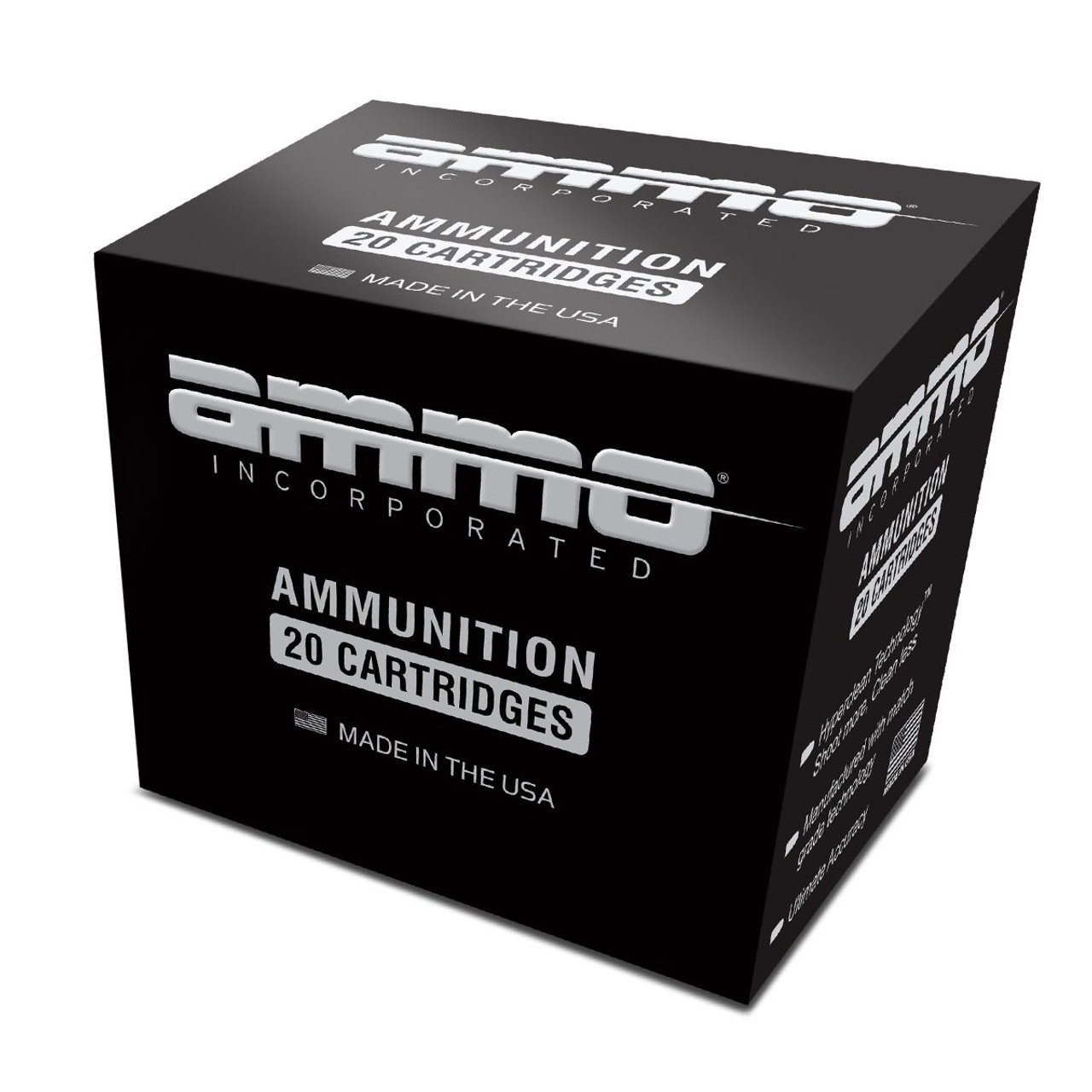
Ammo Inc 5.56X45Mm Nato 62 Grain Ss109 Full Metal Jacket
$9.90
Ammo Inc
Prices accurate at time of writing
62 grain 5.56x45mm AR-15 ammunition has an ideal twist rate of 1/7” (one revolution for every 7 inches of barrel length). For many AR-15s chambered in this caliber, this is the standard. You may see bargain AR-15s of a 1/9” twist rate, but be aware that this may present problems stabilizing heavier bullet grain weight ammo (more on that later).
But, for a 20-inch barrel with a 1:7 twist rate, your 5.56mm projectile is spun just about three times. It doesn’t sound like a lot, but the bullet will keep rotating as it leaves the barrel at high speed. So, how many revolutions per minute is that projectile going at full speed?
For that, you’ll need data about the projectile’s speed when exiting the muzzle. This is called “muzzle velocity” (MV in the formula below) and is usually expressed in feet per second.
Muzzle Velocity Formula
Let’s say you have an AR-15 with a 16-inch barrel. Using a chronograph (a device for measuring the speed of a bullet), you see it leaves the muzzle at 2700 feet per second. Your barrel has a twist rate of 1/7”, or one revolution for every 7 inches of barrel length. Also, there are 60 seconds in a minute, which is part of the RPM calculation. Here’s the magic formula:
MV x (12/twist rate in inches) x 60 = Bullet RPM
So, with our known data input, it would be:
2700 x (12/7) x 60 = 277,714.2857
Yes, the bullet is spinning around at an astounding RPM as it leaves the barrel of your AR-15. If you’ve ever been in a situation where a bullet has passed your location (combat, certain range situations), this is why you hear a buzzing sound in addition to a supersonic crack.
That RPM is an interesting bit of data, but what we’re trying to determine is the best twist rate to stabilize a bullet in flight.
The Miller Formula for Bullet Flight Stability
As amazingly fast as the above number sounds, it doesn’t necessarily mean that the RPM calculated is ideal for a given caliber and bullet grain weight. It could be too slow, causing accuracy issues. It could be too fast, which also causes accuracy issues (or even the self-destruction of the bullet).
For some more deep math, let’s look at a value called the gyroscopic stability factor. Here’s a simple yardstick:
- Any value below 1 denotes that the bullet will be unstable and inaccurate in flight.
- A value between 1 and 1.3 is marginal.
- Anything above 1.3 is regarded as stable.
- In the precision shooting world, competitors want to achieve 1.5 or better.
But, how do we calculate this gyroscopic stability factor?
In the late 1900s, Donald Miller, a physicist and precision shooting enthusiast, developed the Miller formula, which accounted for more variables. Around the time of Miller’s death in 2012, the Improved Miller Formula was released as a collaboration between Miller and Michael Courtney of MIT.
The culmination of many years of research and likely many fun days at the range, the Improved Miller Formula is currently regarded as the “gold standard” to evaluate the stability of a bullet in flight.
To say the formula is complex is a bit of an understatement:
Here’s what all those values represent:
- S = stability factor
- m = mass of the bullet in grains
- t = twist rate in calibers per inch (twist rate divided by caliber)
- d = caliber
- L = the length of the bullet in calibers (bullet length in inches divided by caliber)
- Lm = length of the metal portion of the bullet in calibers
- V = actual velocity
- FT = actual temperature in degrees Fahrenheit
- P = actual barometric pressure in inches of mercury
As you can see, the Improved Miller Formula takes into account just about every variable imaginable that can affect a bullet in flight.
Who the Hell Uses This Formula?
If your eyes are going crossed when looking at the above formula, you’re not alone. But for some shooters, this formula is a way of life:
- Precision and competition shooters - Especially in long range shooting, you need to train nearly every day to improve your abilities. When you are drilling down into that level of accuracy, this formula will serve you well.
- Reloaders/handloaders - If you’re trying to get efficiency gains by optimizing your rifle and ammunition down to the decimal, this formula is essential to choosing the right twist rate for your exact bullet specs.
- Ammunition “nerds” - Maybe you’re just really into guns and bullet math. In that case, you’re in good company. Knowing your gyroscopic stability factor is a handy bit of data.
For average gun enthusiasts, the numbers for common calibers are usually well-established. So there’s really no need for you to get out your chronograph, barometer, stopwatch, and thermometer for each new type of ammunition you buy.
Rifle Twist Rate Charts for Common Calibers and Weights
If you’re just looking for an answer, we’ve done the work for you. You can reference these charts to find the best barrel twist rate for your rifle and ammunition.
We’ll start with the .224 class of bullets, which includes common AR-15 calibers such as 5.56mm and .223.
.223/5.56 Caliber Rifle Twist Rate Chart With Gyroscopic Stabilization
Includes .223, 5.56mm (and .224 Valkyrie)
Given: 2800 FPS & 59 degrees Fahrenheit
Green: Satisfactory gyroscopic stability
Yellow: Marginal gyroscopic stability
Red: Problematic gyroscopic stability
.308 Caliber Rifle Twist Rate Chart With Gyroscopic Stabilization
Includes .308 Winchester and 7.62x51mm NATO
Given: 2800 FPS & 59 degrees Fahrenheit
Green: Satisfactory gyroscopic stability
Yellow: Marginal gyroscopic stability
Red: Problematic gyroscopic stability (no barrels for this caliber are produced since they can result in major problems)
300 Blackout Subsonic Rifle Twist Rate Chart With Gyroscopic Stabilization
Given: 1000 FPS & 59 degrees Fahrenheit
Green: Satisfactory gyroscopic stability
Yellow: Marginal gyroscopic stability
Red: Problematic gyroscopic stability
Want to learn more about 300 Blackout Ballistics? Read our guide.
300 Blackout Supersonic Rifle Twist Rate Chart with Gyroscopic Stabilization
Given: 2300 FPS & 59 degrees Fahrenheit
Green: Satisfactory gyroscopic stability
Yellow: Marginal gyroscopic stability
Red: Problematic gyroscopic stability
Want to learn more about subsonic and supersonic ammo? Read our guide.
.30-06 Rifle Twist Rate Chart with Gyroscopic Stabilization
Given: 2,800 FPS & 59 degrees Fahrenheit
Newer Calibers (Like 8.6 Blackout)
On the bleeding edge of all things ammunition is the heavyweight 8.6 Blackout (8.6 BLK), trending as the hot new cartridge going into 2025. Developed by the wizards over at Q (makers of the Honey Badger rifle) 8.6 Blackout is truly a heavy hitter.
One stand-out projectile in this caliber is the 300gr SMK, offered up by Gorilla Ammunition. While ballistics data is rather hard to come by, reports show that out of the Q BOOMBOX short-barreled rifle with an insanely fast 1/3" twist rate 12 inch barrel, the stability factor hits a sweet spot between 1.5 and 2.0, making this new caliber an interesting development for the forthcoming year.
Busting Some Myths About Barrel Twist Rates
Barrel twist rates for common calibers are pretty well-established. However, there are some myths that can leak their way into conversations on the subject:
Myth 1: Tumbling Is a Sign of Poor Rifling
FACT: Tumbling is an intentional function of many rounds when it impacts a thick mass.
Some say that if a bullet tumbles upon impact with a target, this indicates an incorrect barrel twist rate. But in fact, any projectile will tumble and yaw when it impacts a target more significant than paper. For some game and defensive rounds, tumble upon impact is an advertised feature, since the projectile tumbling in organic tissue causes greater disruption of biological functions, and quicker incapacitation.

Hornady Superformance 223 Rem. 53Gr V-Max 20/200
$27.31
Hornady
Prices accurate at time of writing
Myth 2: You Can’t Overspin a Bullet
FACT: A bullet can be “overspun” — when the barrel twist rate spins the bullet way too fast.
This can make the bullet yaw and veer off course. Back to the football analogy, if you were to spin a football too fast when throwing a spiral, it will yaw one way or another. Too much of a good thing can be bad, after all. On a practical level though, overspinning in this case is only of concern to long-distance shooting at ranges of 250 yards or more.
An overspun bullet can even shatter in flight, turning one projectile into many inaccurate projectiles. This might even endanger others nearby. However, this usually only happens to super-light projectiles such as 5.56mm or .223 (often used for varmint hunting) that are loaded into a firearm with an unusually high barrel twist rate such as 1/5".
Conclusions
Out of the box, your rifle will have a mostly-appropriate barrel twist rate for its caliber. You may find stumbling blocks when purchasing an older or budget rifle with a slower barrel twist rate. Keep an eye out for stability problems with newer rounds sporting a heavier bullet grain weight.
But now that you know how to find the ideal barrel twist rate, you can optimize your rifle like never before. With this knowledge, you can spot and troubleshoot signs of an incorrect barrel twist rate, like keyholing. You’ll also be able to tell when the rifling in your gun barrel is wearing down, which will cause any ammunition fired from your weapon to exhibit the same characteristics.
To be sure, barrel twist rates are real “graduate level” firearms knowledge. But once you get the basic concepts down, the ideal twist rates are easy to spot, memorize, and understand. That way, you can make an informed rifle, barrel, or ammunition purchase to match.
Want the best ammunition for your gun’s barrel twist rate? Pro Armory has you covered with a wide selection of rifle ammunition. Stock up in small boxes or bulk cases to save money today!




